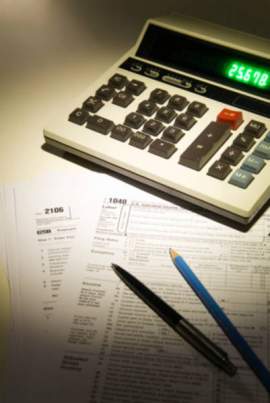
A Look Into the Council Tax Taxation Model

Council Tax Defined:
• The council system is a local taxation model used in Scotland, England, and Wales to help fund the public services provided by the local governments in each country.
• The council tax was introduced in 1993 as part of the Local Government Finance Act of 1992; the Council Tax replaced the formerly unpopular Community Charge.
• The basis for the Council Tax is a levy placed on residential properties, where discounts are offered for single homeowners or property owners. Similar to the property tax in the United States, the Council Tax imposes a taxation model based on the underlying value of the property in question. The Council Tax further mimics the property tax of the United States in its general principle—the Council tax is a levy placed on landowners of a particular community and the funds generated from the tax are used to fund the underlying community’s public services, such as roads, parks, and fund government-run agencies like schools and law enforcement departments.
• The Council Tax is collected by local authorities (known as collecting authorities), however, the tax may consist of various components that are levied and further distributed to other authorities (referred to as precepting authorities).
• Collecting authorities are councils of the districts of England, the principal areas of Wales and the council areas of Scotland. These are the lowest tiers of local governments aside from communities and parishes.
• The precepting authorities are councils from other branches (such as a county or parish council) of a local government. In the majority of metropolitan counties where there is no county council, the joint boards act as precepting authorities.
How is the Council Tax Calculated?
• Each dwelling within the aforementioned countries is allocated to one of eight regions coded by letters A thru H. The dwellings are classified on the basis of the assumed capital value of the regions. The regions or bands are classified based on value—Band A is a grouping of the least costly homes while Band H is the most expensive. Following the evaluation and adherence of such a classification system, each local authority places a tax rate that is expressed as the annual levy on a property inhabited by one or two adults.
The nominal property total is calculated by adding together all the properties within a given grouping and multiplying it by an established ratio. Each collecting authority will then add together the assessed values for their area to reach a total council tax. Following the calculation, a ratio is then applied which takes the affirmed calculation and matches it up with properties within a varying classification. When the numbers are finalized a formal system is created that places a different council tax on each classification. Using the council tax system, an individual who lives in a multi-million dollar mansion will only pay roughly 3 times more than someone who lives in a loft.
• The average council tax for an individual living in Band A (homes up to 40,000 Pounds) is roughly 845 Pounds per year, whereas, the average council tax for an individual living in Band H (home valued at 320,001 Pounds and above) is roughly 2,500 Pounds per year.



















